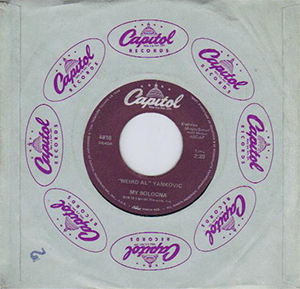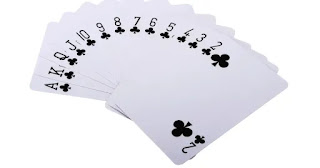A workaday Wednesday theme of four things represented by the letter K:
So let's just quickly talk about these in order, since they're all pretty interesting.
The K for strikeout comes from the very earliest days of baseball, when a guy named Henry Chadwick set out to document the game in print back in the 1850s! He had already used "S" for "Sacrifice," so he used the last letter of the word struck ("struck" was commonly used back then to indicate that a player had been put down on three strikes) instead. And I'm not sure if it was him or if it was decided later that a backwards K would indicate that the batter did not swing on the third strike.
The K for THOUSAND comes straight from Greek, where "kilo" means thousand. Do not confuse with Latin's Roman numeral M, which also means thousand (from "milia"), and which led to mille in French and Italian, mil in Spanish, and even "mile" in English. (from mille passus, "a thousand steps." Their steps were obviously longer than ours, if we imagine that a step could be about a yard, since we have 1760 in a mile.)
Sometimes people claim that the K in CYMK came about in a way similar to the K in baseball - that "B" was already taken by blue, but most printers will argue that the K stands instead for "key color." The key color being that holding the finest detail in a multi-plate printing, and that used to register all other plates. So the K could, theoretically, be any color at all, but for all practical, modern purposes, it means black.
Finally, Latin (well, neo-Latin) gets its comeuppance, as the K used for POTASSIUM comes from "kalium."
So there you have it. A relatively modest amount of theme today allows for lots of zazzle. To wit, SWIZZLE (Kind of stick) and BUZZSAW (Noisy circular cutters). DIRTCHEAP (Costing almost nothing) (crossing THOUSAND!) is fun, and any reference to Hamlet is A-OK in my book. (ELSINORE (Castle in "Hamlet"))
A very satisfactory Wednesday.
- Horace

















.jpg)











